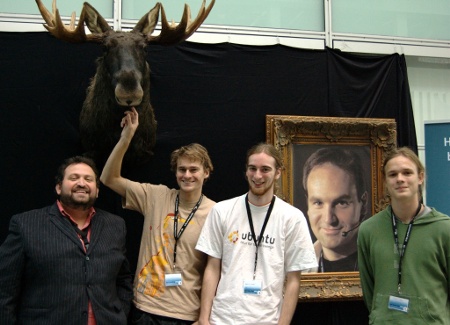I received an email a few days ago asking how I manage to mirror this blog onto Freenet.
For those of you out there who don’t know about Freenet, it is a computer program that aims to provide anonymity for consumers and providers of information, in an effort to secure free speech. The network is decentralized and uses strong encryption to secure anonymity and free speech.
I have been using Freenet, and following its development, on and off over the last couple of years, both because I generally like the idea of free speech and also because I find the technical aspects interesting. The Freenet program is still under heavy development, far from a 1.0 release, and always in need of support. Since I’m not much of a coder I can’t really help The Freenet Project that way, so instead I try to provide something else – content. In other words, I mirror this blog onto Freenet (where a blog is often called a flog).
It is actually quite simple (although a bit time consuming) to insert content into Freenet. Assuming my Freenet node is running, here is what I do:
-
First I fetch the files locally, using HTTrack (apt install) (I guess wget, puf or similar would work just as well…)
- Then I use jSite, to insert onto Freenet.
Quite simple really… If you feel like getting your blog (or other content) on Freenet, I say go for it. If you run into any problems, feel free to contact me.
PS. I’m always looking for friends to connect my Freenet node to, so if you feel like you know and trust me, and that I might now and trust you, feel free to get in touch.
PPS. You can find this blog on Freenet at this key:
USK@nwFgddANy8mudsvcXin~XhPLmiiM8tKG0iYdFRcBgM0,edFuHQpV3fY6eeedhSbfSPpQ9gkBFVwvR~uEzTZiB8k,AQACAAE/blog/74/




